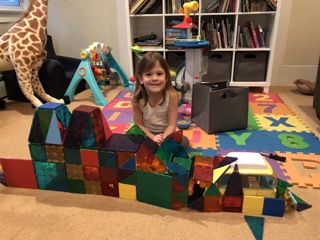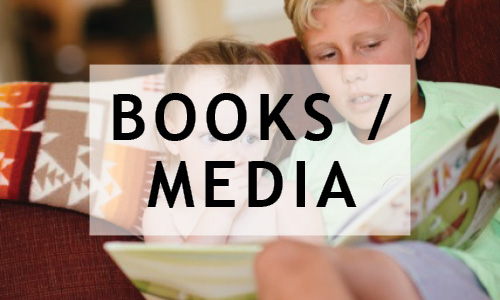There is a wonderful ar ticle on the importance of the right play for kids in the New York Times this week, “Taking Playtime Seriously.” Not only does it emphasize the importance of a child’s play but what can threaten natural learning through play,
ticle on the importance of the right play for kids in the New York Times this week, “Taking Playtime Seriously.” Not only does it emphasize the importance of a child’s play but what can threaten natural learning through play,
“But though play may be intrinsically present, and intrinsically playful, those who study its importance in children’s lives point out that it can also be threatened, either by too little attention and responsiveness from distracted adults or, in another sense, by too much attention and teaching, of the not-so-playful kind.”
I’ve spent my career coaching parents on how to play with their children to strengthen language development and talked to them about entering their child’s play to elevate language learning. That means come alongside them and follow their lead, perhaps taking a figure and entering dialogue with your child’s figure or cooperatively building a story with props. Too much attention and teaching, such as taking over the play or pushing toys or tablets that push content over interaction can be taking away important time that could be used for exploration, creation and curiosity.
The article goes on to say, “So part of encouraging play is pulling back on how much programmed goal-directed learning we expect from very young children, to leave them time for the fun of exploration, curiosity and, well, fun. But another important part may be creating environments that foster children’s play and parents’ participation and attention.
Certainly toys are not always the answer, as pots and pans, sticks, a cardboard box or even fish candies can spark imaginations and free play in kids. But when we ARE selecting toys we should be on the look out for those that can give a suggestion of pretend play or story telling without prescribing it so carefully that a child is robbed of being the creative author of their play.



